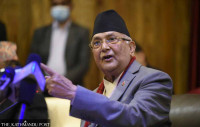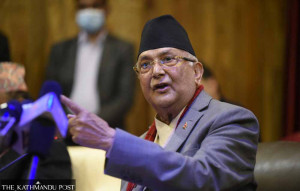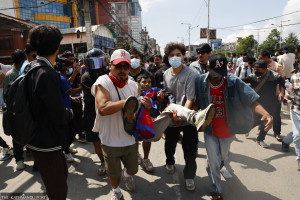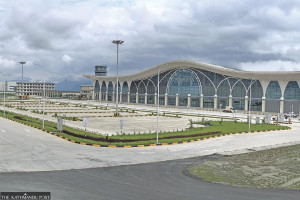Editorial
Identity crisis
Trust in the national identity card project has been dented, to the detriment of the public and the state.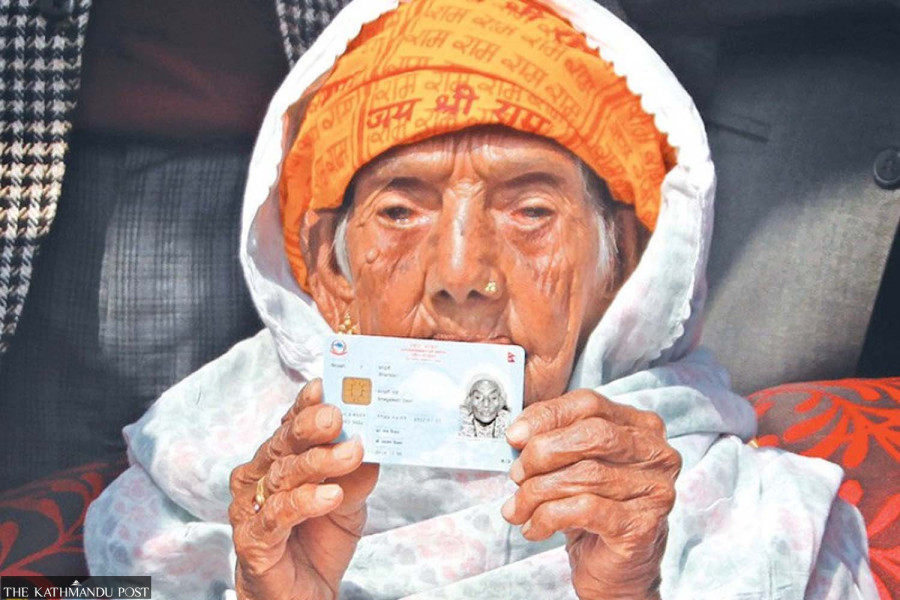
Eight years after the government announced that national identity cards would be distributed “very soon” following a pilot project, then-Home Minister Ram Bahadur Thapa finally started the distribution in Panchthar district in 2018. The photo of a 101-year-old resident of Phidim Municipality, Bhagwati Devi Bhandari, the first-ever identity card holder, clasping her National Identity card, was deemed symbolic of a new digital era in Nepal where a single chip promised to integrate identity credentials like voter ID, citizenship, driving license and so on. Meanwhile, experts were wary of the government’s ability to handle such sensitive technology. When the government made NID mandatory for obtaining social security benefits and retirement pensions last May, lawmakers were outraged. A petition was filed at the Supreme Court, prompting the court to issue an interim order prohibiting the administration from mandating it.
Now, a year later, the NID issue has come full circle. On January 19, the court not only dismissed the writ but also issued a directive to implement the NID, making it mandatory to access several government services. According to the National Identity Card and Civil Registration Department, 16.54 million people have applied for the card and 1.946 million have received them printed. In total, 6.046 million identity cards have been printed, and 5.53 million cards have been dispatched to the respective districts. When it was mandated last year, many people stood in long lines and waited for hours to apply for the cards. More than half a million people receiving elderly allowances obtained them in haste. But even after getting them, people have been denied services as many government offices still require citizenships. According to a Post report, the staff in these offices mandate citizenship certificates as the law doesn’t recognise NID cards. Rather than being the “one-stop solution” as the government claimed, the NID has thus only increased public suspicion of the whole system.
Concerns over privacy and security threats linked to the NID have intensified the mistrust. Privacy is still a relatively new concept in our society, even though it is guaranteed by the law. The start of the pilot programme in Panchthar was rash as there weren’t any guidelines for government employees to handle such sensitive data. While the government hopes to use the card for a centralised database to avoid voter registration duplication and identity theft, it must not forget that even one mistake could lead to a leakage of millions of Nepalis’ sensitive information. What’s more, we not only lack the knowledge but also the budget to secure such information. In 2008, the Election Commission began gathering voter information, including photos and fingerprints, to curb fraudulent voting. However, despite distributing voter ID cards and collecting vast amounts of biometric data, lack of a budget for a secure data center led to the information being stored haphazardly on the commission’s servers.
Today, data is a valuable commodity. Tech giants are profiting massively from people’s private information, and this data is often being used to spy on individuals. In India, the Aadhar system, which holds the world’s largest biometric database, has experienced multiple data breaches, including instances of fraud and misuse. In a story by the BBC, Indian Political Scientist Pratap Bhanu Mehta is quoted as saying that the Aadhar card was being transformed from a tool of citizen empowerment to state surveillance. Such horror stories could easily occur in Nepal, where government websites, including that of the President’s Office, often get hacked. There have already been serious mistakes in the roll out of the NID, greatly denting the public’s trust. Further bungles in the process could sink the whole project—much to the country’s detriment.




 11.12°C Kathmandu
11.12°C Kathmandu

